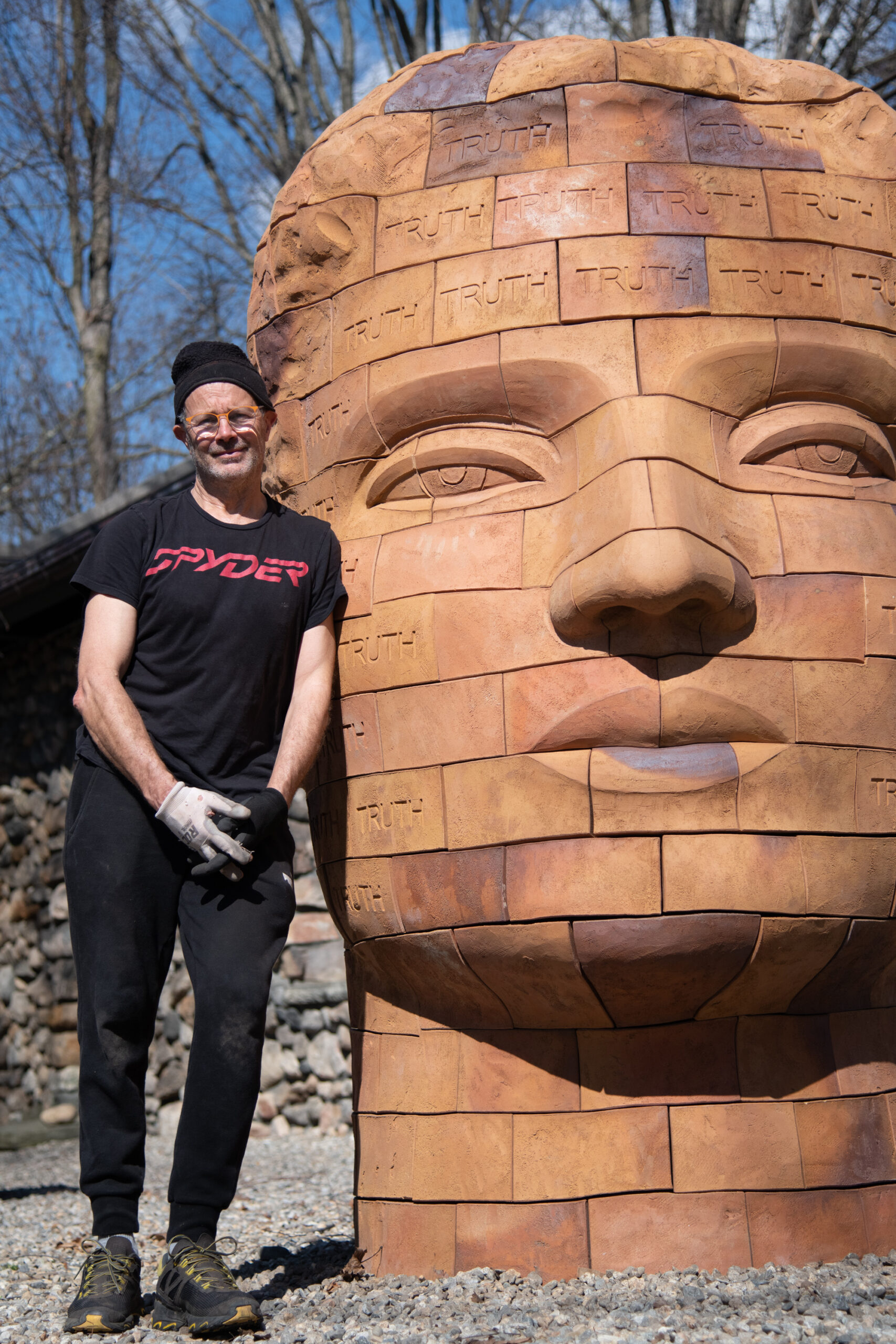Meet the 2022 Artists
Meet the 2022 New Canaan Sculpture Trail artists.

Thomas S. Berntsen
Barb Wire Fence
Tom graduated Rochester Institute of Technology in 1977 with a B.S. in Professional Photography. He immediately launched his career as a commercial photographer in N.Y.C., specializing in the decorative arts. He later shifted his creative efforts toward an inspiring mode of self-expression. Steadily working on expanding his oeuvre in novel ways using new and varied material, Tom has taken the time for a journey within that has opened the work in meaningful and introspective ways.
Artist website: www.tsberntsen.com
John BonSignore
Kawa 1 & 2, River-dancers-toe-dancers series
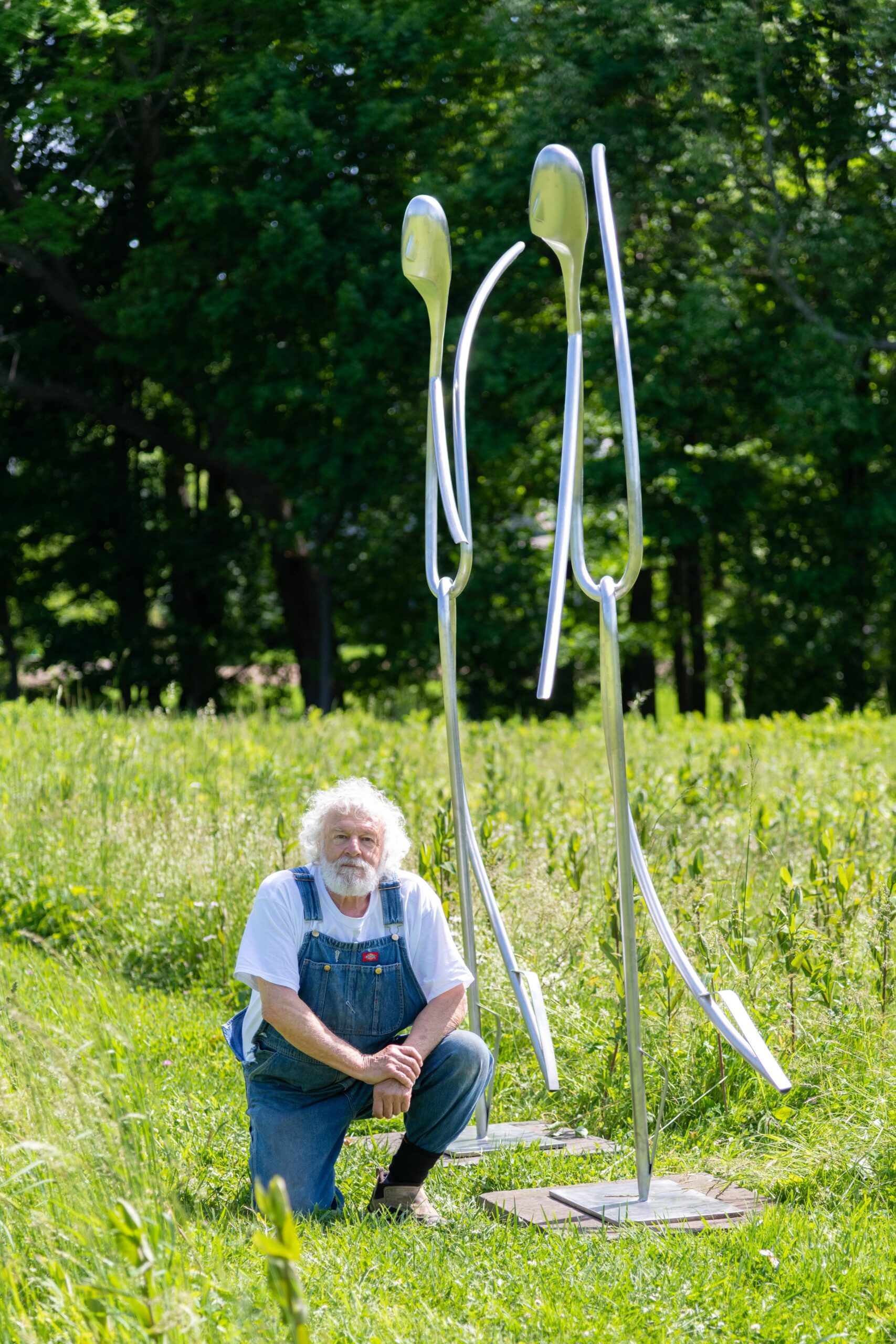

Gilbert Boro
Square Knot III
Gilbert Boro was born in New York, New York in 1939. He first received his Bachelors in Fine Arts from Duke University before going on to pursue a career in Architecture with advanced degrees from Columbia University. After a successful career as an architect and sculptor in Boston, Massachusetts, Boro now lives and works in Old Lyme, Connecticut.
Boro’s vast body of work has been shown on a local and international level. While working as an Architect, Boro continued to nurture his creative energy by maintaining his passion for sculpting. Boro’s long career provides a wide range of works, with varied aesthetics and materials including stone, wood, metal, and fiberglass.
Boro is dedicated to the local arts community and runs Studio 80+ Sculpture Grounds, a collaborative work studio and sculpture garden open to the public. Boro fabricates his sculptures in the studio and displays many large-scale pieces on the grounds. With several thousands of visitors each year, the 4.5-acre sculpture grounds boast over 90 works by Boro and many contributing artists from around the globe.
If you’re interested in learning more about Boro’s work and/or the Sculpture Grounds, please visit: www.sculpturegrounds.com.
Carlos Davila
Titanosaurus II
Born in Peru, Carlos Davila received his MFA from the National School of Fine Arts in Lima and attended Pratt Graphic Center and Blackburn Printmaking Workshop in NYC. He has exhibited extensively throughout the US, Latin America, and Europe. In 1978 Davila moved to CT, where he now lives and works.
Artist website: www.carlos-davila.com
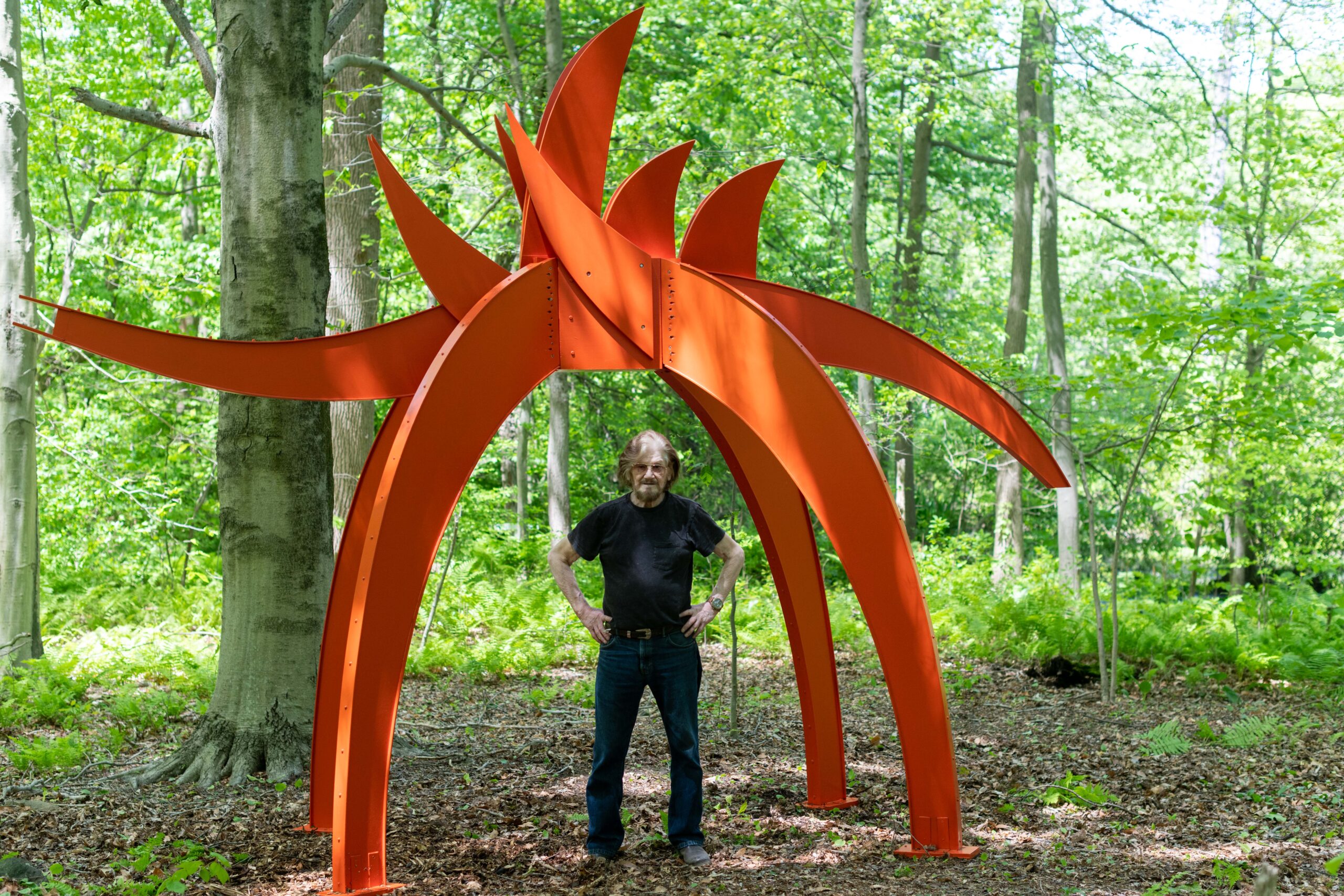
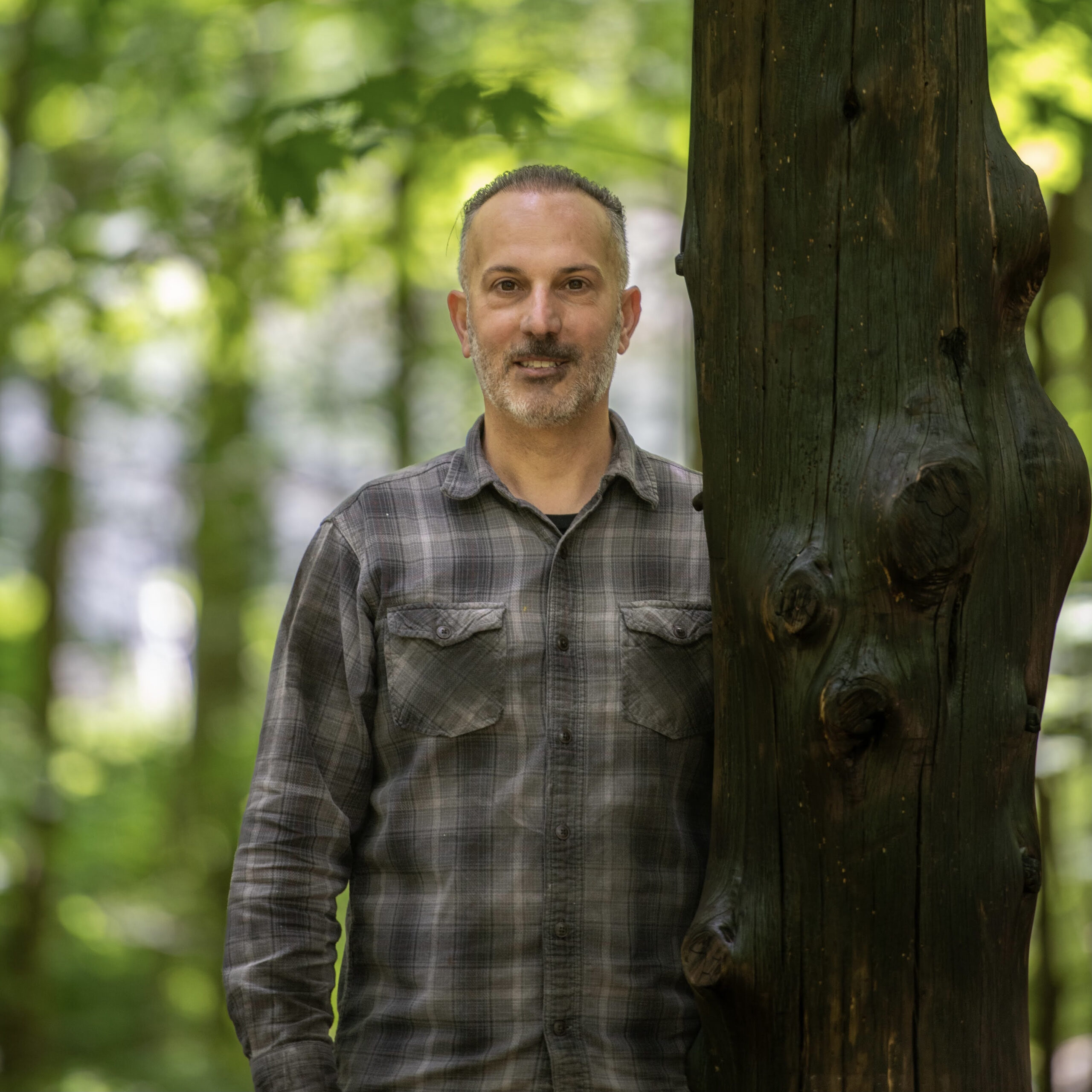
Domenic Esposito
Floating Torii Gate
Domenic Esposito is a Massachusetts–based artist and social activist.
The decision to end a successful career in the corporate financial world, to pursue his art full time, demonstrates his authenticity, drive and passion. Art has been an integral part of Domenic’s life since childhood, with training from the Massachusetts College of Art and Design, Stonybrook Fine Arts, Artist Asylum and Prospect Hill Forge, where he developed his metalwork skills. Considered a sculptor first, he continues to refine his craft with deliberate vocabulary borrowed from Renaissance Italy, as well as his own personal cultivation of Asian culture and principles.
In 2018, he achieved national attention through the massive opioid spoon sculptures he placed on the doorsteps of major pharmaceutical giants, making a statement on behalf of all those deeply affected by this national epidemic, and remains active in this initiative. He founded the Opioid Spoon Project, a 501(c)(3) to serve as a solution-based platform that seeks legal justice and brings voice to the destructive effects of opioid addiction on people from all walks of life.
Domenic’s work has been exhibited in a range of galleries and art fairs across the U.S., including Artexpo, New York; Beacon Gallery, Boston; Canvas Fine Arts, Boston; Piano Craft Gallery, Boston; Insight Artspace, New York; Scope, NYC; Art Palm Beach; and SOFA Chicago Art Fair, among others. In 2019, his work Accountability won ‘Best in Show’ at the Arts Benicia Gallery Juried Show in California, and he recently completed a prestigious artist residency at Mana Contemporary, which lead to his print work with legendary Gary Lichtenstein.
Sandra Gibson and Luis Recoder
Threading Diagram
Collaborating artists Sandra Gibson (b. 1968, Portland, OR) and Luis Recoder (b. 1971, San Francisco, CA) have been exhibiting their expanded cinema installations and projection performances since 2000.
Their works are in the permanent collections of major art museums, including the Whitney Museum of American Art in New York, Memorial Art Gallery in Rochester, and Museum Kunstpalast in Düsseldorf, Germany. Artist awards and commissions include the Rockefeller Foundation Bellagio Center in Italy, National Endowment for the Art’s U.S.-Japan Creative Artists Fellowship, and Madison Square Park Conservancy’s Mad. Sq. Art in New York. Lecturing appointments include both long and short-term teaching residencies in the media departments of the University of Colorado Boulder, Denison University in Ohio, and California Institute for the Arts.
Gibson and Recoder are currently featured artists and research associates of RESET THE APPARATUS! A Survey of the Photographic and the Filmic in Contemporary Art, hosted by the University of Applied Arts Vienna, Austria. Gibson + Recoder live and work in New York.
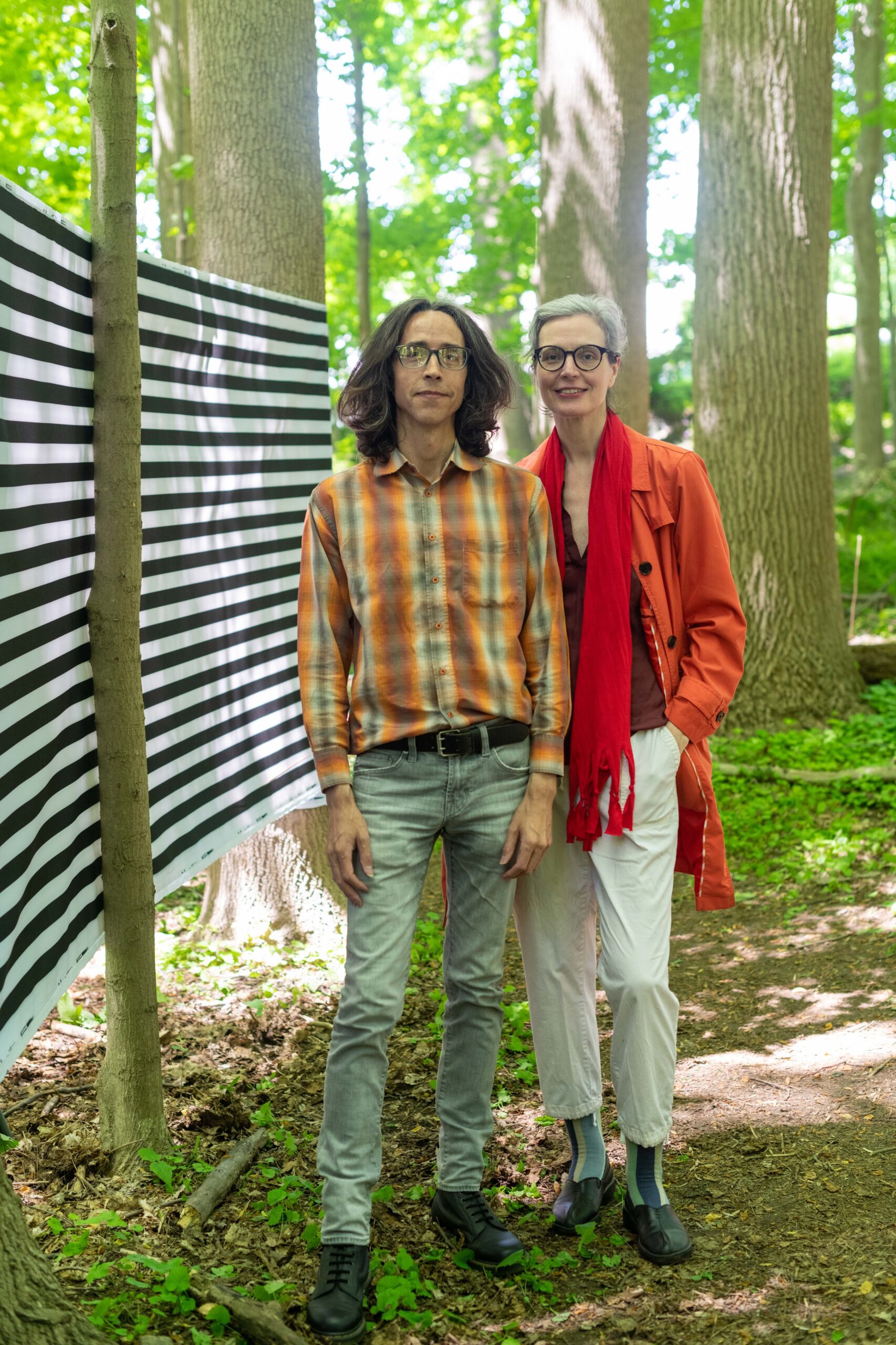
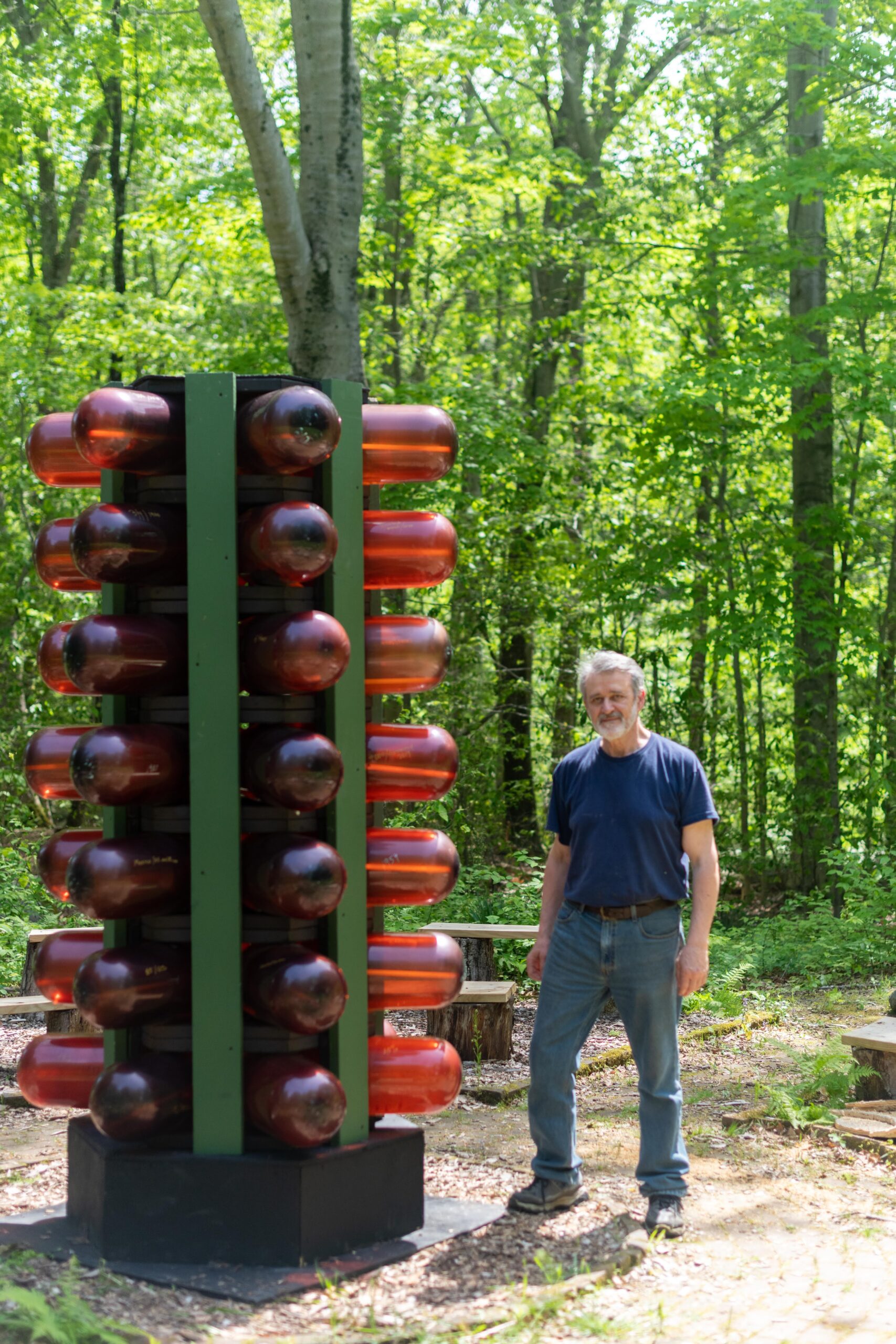
Nicolae Golici
The Last 42 Seeds
My art practice extends for about 45 years. Influenced by Matila Ghyka’s writings in “The Geometry of Art and Life,” in the 1980s I started to identify abstraction with the hidden order of Nature. I began to study bones, the structure of minerals, and the system of growth in trees. I carved irregularly shaped aragonite stones and wood logs until I was revealed the geometric structures that I imagined laid hidden inside, leaving parts of the original amorphous shapes untouched.
The organic abstract shapes that I carved in wood looked like knots or labyrinths: this was my impression of life in a communist controlled society in Romania. Life there was like a tight knot, a labyrinth with no way out!
The communist officials considered abstract art politically inoffensive. My message of hopelessness and desperation went unnoticed, even when I was showing many of the knots/labyrinths works in my first one person show and in group shows. I felt that the knots/labyrinths were too small and didn’t have a strong impact. I then started to make large drawings. Next, I wanted to build them in 3D, but in Romania I was lacking the materials.
After moving in USA in 1987, I started to look for a way of building in 3D the large knots/labyrinths drawings I had made in Romania. I discovered the 4-by-4’s wood beams, the basic building material in U.S. They were like atoms for me, construction units, with simple geometric forms, ready for building anything.
In an effort to rediscover more harmonious and less destructive ways of using natural resources, I started to explore mechanisms, shapes and construction principles developed during centuries of old Romanian peasant culture where most of the daily tools and mechanisms were originally inspired from Nature.
Witnessing the growing global crises, I started to develop works which were engaged and reflective of stringent contemporary problems: the environmental crises, the irrational spread of genetic-engineered organisms, and the uncontrolled proliferation of the armament.
Simone Kestelman
Chaos and Calm
Simone Kestelman is a sculptor and multi-media artist working in glass, ceramics, and photography. Her work speaks to archetypal themes of life, death, love, violence, and ambition. Her visual language is universal, an emotive vehicle for all that cannot be articulated through words. Striking juxtapositions abound in the sculptures: a ceramic red balloon, a glass swing encasing barbed wire, a foot stool covered in razor blades. Kestelman’s visceral material interventions upon everyday objects project a quiet urgency regarding issues of sexual violence, particularly against women and children.
Kestelman began working in ceramics at the age of seven in her hometown of Niteroi, Rio de Janeiro, Brazil. From a young age, she became acutely aware of Brazil’s social issues, set against a lush cultural backdrop of art, soulful music and vibrant geography. Yet, currents of violence and extreme socio-economic inequality flow beneath the surface.
Simone Kestelman received a BA from the University Gama Filho, Rio de Janeiro, where she studied economics. This subject serves as the lens through which Kestelman interrogates the realities of injustice, inequality, and violence in the world. In 2013, she was awarded the International Caucus/UN Program Honor Roll. She has received praise for works such as Cantigas, Daddy has gone to the fields, Mommy has gone to work), Undesired and Marching Soldiers, which spread awareness of issues of violence against women and children.
Kestelman sees her sculpture as snapshots of the mind and soul at a particular point in time. Her work is humanist. Often relating to the body, or the absence of the body, the ceramic, metal and glass works grapple with global issues that spark strong emotions. Her newest work is a large-scale installation in glass speaks generally to the specter of mortality, and specifically with the legacy of the Holocaust.
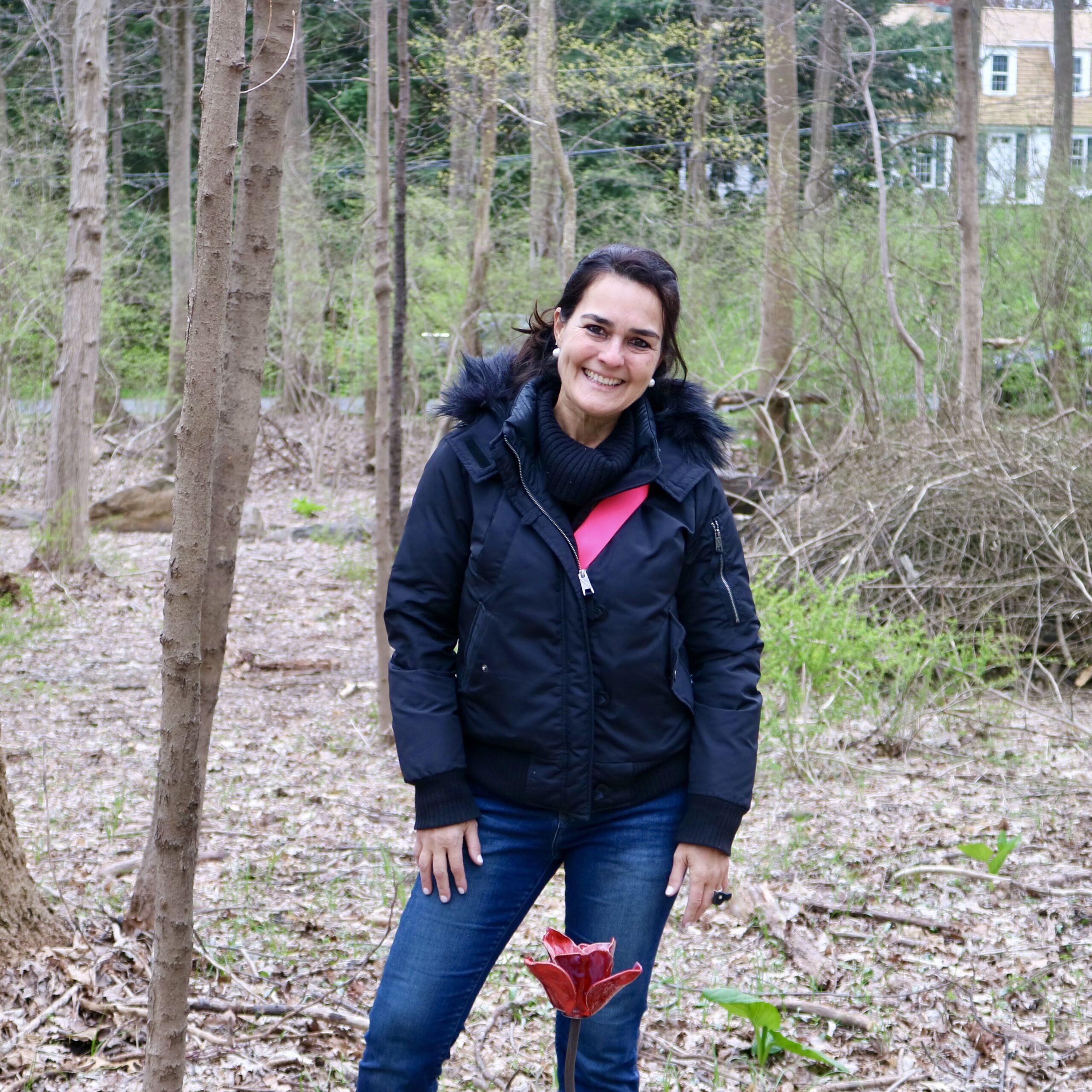
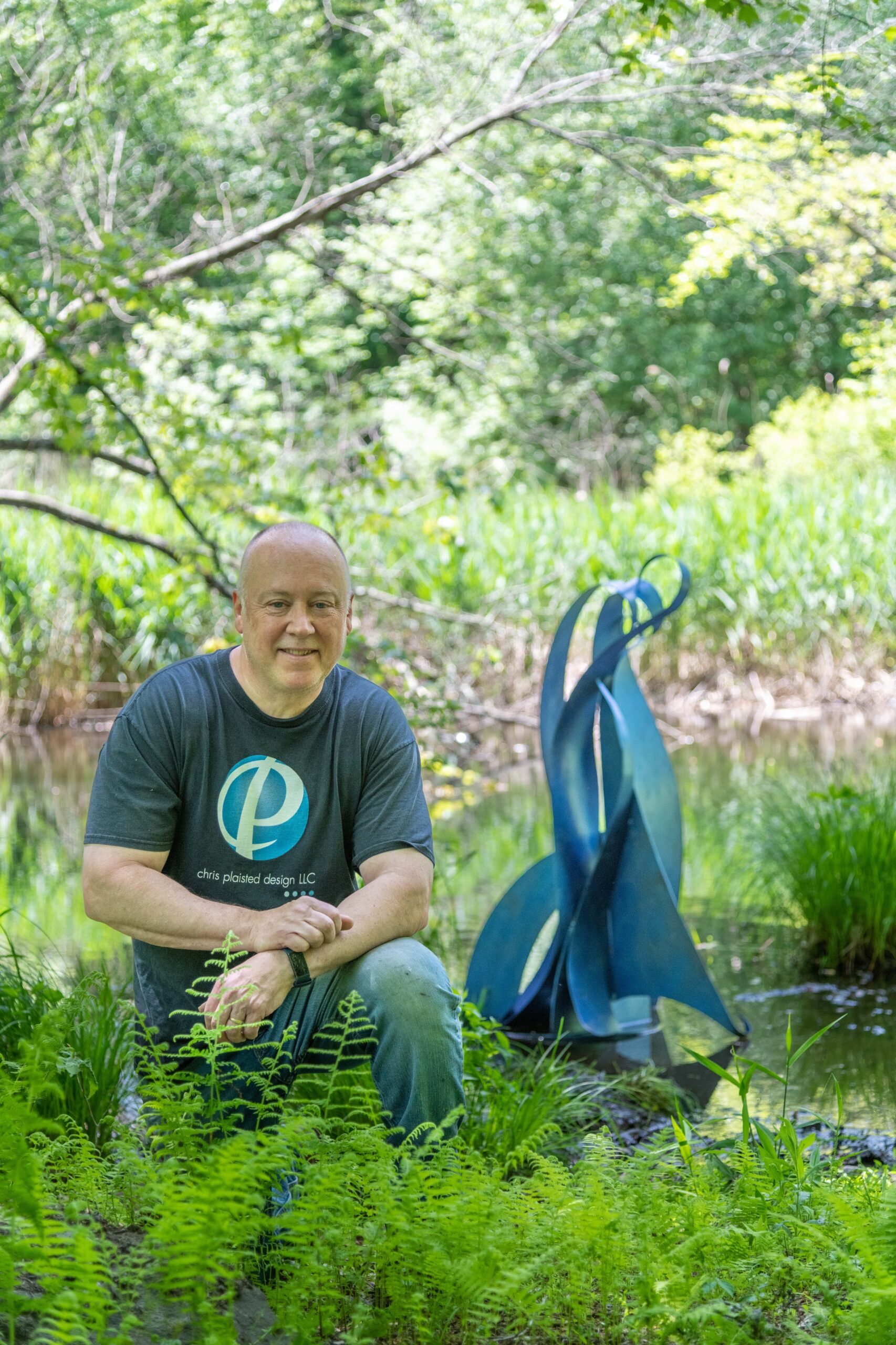
Chris Plaisted
Wind in the Waves
Chris Plaisted was born in a tiny NH town, surrounded by artists, including his family, many of whom are painters, a neighbor who was a welder and woodcarver, which he seized the opportunity to learn. Drawn to travel, architecture, cities, and water, he is currently an emerging artist. He works primarily as a sculptor with a studio and workshop near the lake in New Milford, CT, with trains, planes, boats, and NYC close at hand.
His sculptures evoke emotions drawn from his experiences traveling and observing the world. These sculptures are mainly welded steel construction. He also uses copper, wood, concrete, and other metals. The work is primarily abstract but often includes figurative elements. His work has appeared in dozens of large-scale outdoor shows across the country, and also in galleries.
Christopher resides in New Milford, CT, with his wife, two children, and Leonidas the dragon.
James Tyler
Brickhead Truth
James Tyler was born in New Hampshire and raised in Indianapolis, IN where he began his formal art education at the Heron College of Art.
Relocating to the east coast, his early sculptures in cast bronze and cast stone can be found in and around Boston and New York, including his ‘Ten Figures’ in the Davis Sq. Subway Station for which he received the Governor’s Award for Merit.
In 2005, Tyler began his Brickhead series of monumental ceramic artworks for which he is best known. These unique sculptural installations can be found in public settings and private collections across the country.
Tyler currently resides in New York’s lower Hudson Valley where he maintains his kilns and art studio within the Garner Arts Center Industrial Complex.
